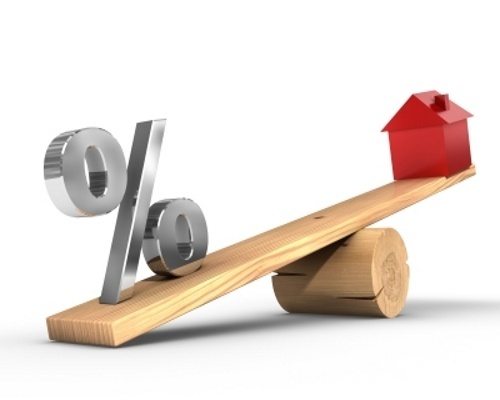
In order to attract more and more customers the housing financiers come with several innovative schemes from time to time. One of such schemes which many borrowers are offered with is called the “No EMI till possession”. Though it might sound an extremely convenient option one needs to study a bit deeper to appreciate the true implication of such a scheme. There are certain speculative impacts of such schemes on the real estate market which also deserve a closer look.
Understanding the Scheme
This is scheme in which the developer, financier and the customer get into an arrangement in order to promote the project. In this scheme the developer ties up with the financier to pay the pre EMIs through the customer. In effect the developer is actually paying interest on the loan amount till such time the property is handed over and the actual EMIs commences. Here the builder pays for the interest which in turn eases some burden off the customer till such time the property is ready for registration and occupation.
Bank’s Benefit: The bank gains by readily getting more customers without much effort in advertising and also has lesser processing time. The banks may even levy higher processing fees and a higher interest rate for scheme which the customer is ready to pay keeping in mind the no EMI advantage.
Developer’s Benefit: Gets instant customers and is actually using the funds from the banks as home loans to customer to progress construction instead of securing money from commercial sources. Thus the actual interest borne by the developer is much less than compared to what he would have paid for commercial loans. By paying only the interest part of a home loan the developer is able to complete the project on time and move on to a new one.
Customer’s Deal: The customer doesn’t pay for the interest of the money burrowed till such time the construction is complete. This arrangement also ensures that the developer is less likely to delay the project as he continues to pay the interest on behalf of the customer. The customer can take advantage of the appreciation in property value as his principal amount remains the same. It is more suitable for customers who cannot pay the EMI and house rent simultaneously. They move into the house when it is ready and then start paying EMIs instead of rents. However the developer may charge a higher Base Selling Price (BSP) per square feet for such schemes.
Illustration:
(Assuming the property has a size 1000 Sq. Ft with a loan at the rate of interest of 8.5% and repayment tenure of 20 years for the loan.)
| Payment plan | Down payment | Construction Linked payment | NO EMI |
| Price BSP (Rs/Sqft) | 2600 | 2800 | 3000 |
| Total cost (Rs.) | 2600000 | 2800000 | 3000000 |
| Interest paid by Builder | Nil | Nil | 155431 |
| Total Interest cost | 2381767 | 1917405 | 2117124 |
| Loan Amount | 2200000 | 2380000 | 2550000 |
| Effective cost of Flat | 4581767 | 4297405 | 4511693 |
| Actual cost of Flat | 4581767 | 4297405 | 4667124 |
Analysis of the Illustration
- The down payment plan of payment is the costliest for the customer.
- The construction linked plan is the cheapest for the customer.
- The No EMI plan is costlier than the construction linked plan though some amount of it offset by the developer making it slightly cheaper than a down payment plan.
Keeping the results of the above sample in mind one can understand that the “No EMI till Possession” is not as convenient as it sounds.